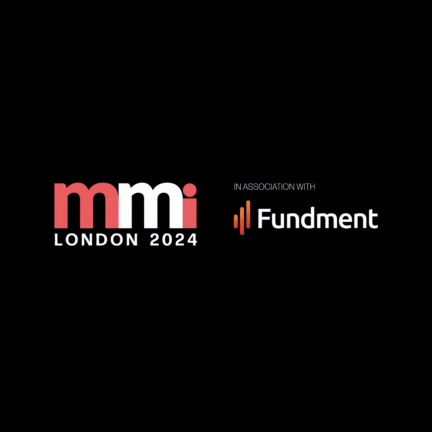The use of a controversial form of facial recognition technology by the UK’s largest police force has surged this year, with the number of deployments more than three times higher than in the prior four years combined.
London’s Metropolitan police used the technology 117 times from January to the end of August — up from 32 times in total between 2020 and 2023 — according to data compiled by the City Hall Greens, a group of London Assembly members from the party.
Campaigners and some academics have criticised the use of facial scanning for being inaccurate, biased and for leading to racial discrimination resulting in wrongful arrests due to misidentification.
However, the Met has said the tool helps to prevent and detect crime, and to locate people on their “watchlist”. Some policymakers have also encouraged the police to use facial scanning more widely.
The Met’s live facial recognition deployment records showed that an estimated 770,966 people in the capital had their faces scanned over a period of almost five years, the analysis found. The City Hall Greens have previously called for curbs on the use of such technology.
The scanning technology was used for 716 hours and 25 minutes in total, with an average duration of just over five hours. The most targeted boroughs were Croydon and Westminster, according to the data, which was shared with the Financial Times.
“Live facial recognition surveillance turns the public into walking ID cards subject to a constant police line up,” said Silkie Carlo, director of campaign group Big Brother Watch, which advocates for restrictions on state surveillance. “It poses one of the most severe threats to privacy in a generation.”
Carlo is currently pursuing a joint legal challenge against the Met police’s use of live facial recognition technology with an alleged victim of misidentification.
Lindsey Chiswick, the Met’s director of intelligence and the National Police Chiefs’ Council lead on facial recognition technology, told the FT the force “operate it at a threshold where [National Physical Laboratory] testing has shown there to be zero bias”, referring to the UK’s national measurement institute.
She added that the live facial technology the Met uses was 89 per cent accurate, according to the testing, and people’s biometric data is “instantaneously” deleted if not on a watchlist.
“We find it useful, we see it as an efficient tool and a precise tool . . . and we’ve got really good results,” she said, adding areas of deployment such as Croydon and Westminster had high levels of crime.
The Met’s use of live facial recognition technology has resulted in more than 360 arrests this year as well as the arrest of more than 30 sex offenders who were found to be in breach of their conditions, according to Chiswick.
Its use was also affected by the Covid-19 pandemic, before which the tool had just been launched, she added. “Everywhere was empty . . . so that wouldn’t have been a good use of the technology.”
Both the current Labour government and the former Conservative administration have supported the rollout of the technology.
Prime Minister Sir Keir Starmer called for “wider deployment of facial recognition technology”, as part of the policing response to anti-immigrant and far-right riots this summer.
The Home Office last year outlined ambitions to increase use of facial recognition technology and new biometric systems across the country, and said it was encouraging the police to expand adoption of the tool.
Charlie Whelton, policy and campaigns officer at human rights organisation Liberty, said successive governments had “failed to address the regulatory wild west of these invasive technologies” and “history tells us that technology of this kind will always be used to monitor and harass minority groups, particularly people of colour”.
The Home Office said facial recognition technology was “an important tool that is helping the police identify offenders and bring them to justice” and it “constantly” reviews its use by the police.
Data visualisation by Clara Murray












































































































































You must be logged in to post a comment Login